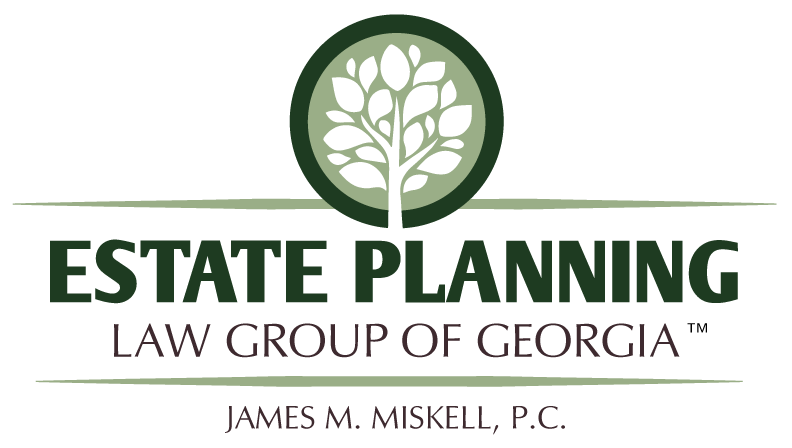Embarking on estate planning is a vital step toward securing your future and that of your loved ones. This 12-point guide offers a comprehensive roadmap to establishing a robust estate plan tailored to your unique circumstances and goals.
1. Defining Your Goals in Estate Planning
Begin your estate planning journey by setting clear objectives. Consider what you aim to achieve, such as asset protection, providing for loved ones, or charitable giving. Reflect on your family dynamics and any special circumstances that may influence your decisions. Clearly defined goals will serve as the foundation for all subsequent planning steps.
2. Inventory of Your Assets
Compile a comprehensive list of your assets, including real estate, personal belongings, investments, and digital assets. This inventory provides a clear picture of your estate’s value and aids in making informed decisions about distribution. Regularly updating this list ensures that no assets are overlooked and that your estate plan remains current. Learn how to Avoid Common Estate Planning Mistakes in our blog.
3. Seeking Professional Estate Planning Guidance
Estate planning involves intricate legal and financial considerations. Engaging with an experienced estate planning attorney can help navigate these complexities and ensure your estate is managed according to your wishes. Professional guidance can also help avoid common pitfalls and tailor strategies to your specific needs. For insights on choosing the right estate planner, consider reading How to Choose the Right Estate Planner.
4. Drafting Your Will
A will is a cornerstone of any estate plan, specifying how your assets should be distributed upon your passing. It can also include guardianship decisions for minor children. Without a will, state laws will determine the distribution of your assets, which may not align with your intentions. Regularly reviewing and updating your will ensures it reflects your current wishes and circumstances.
5. Establishing Trusts
Trusts offer a mechanism to manage your estate efficiently, providing benefits such as asset protection and probate avoidance. They can be tailored to various purposes, including providing for minor children, charitable giving, or managing complex family dynamics. Understanding the different types of trusts and their functions can help in selecting the right one for your needs. If you’re still wondering about the difference between a will and a trust, you can find some answers here: A Living Trust: How Is This Different from a Last Will & Testament?
6. Beneficiary Designations
Certain assets, such as life insurance policies and retirement accounts, are transferred directly to named beneficiaries, bypassing the will. Regularly reviewing and updating these designations ensures they align with your overall estate plan and reflect any changes in your relationships or intentions. Neglecting this step can lead to unintended consequences, such as assets passing to an ex-spouse or bypassing intended heirs.
7. Planning for Incapacity
Incorporate directives that outline your preferences for medical care and designate individuals to make decisions on your behalf if you become unable to do so. Documents such as durable powers of attorney and healthcare proxies are essential components of this planning. They ensure that your wishes are respected and that trusted individuals are empowered to act in your best interests during times of incapacity.
8. Securing Your Children’s Inheritance
If you have children, especially minors, it’s crucial to establish a plan for their inheritance. Trusts can be structured to manage and protect their inheritance until they reach an appropriate age or maturity level. This approach not only safeguards the assets but also provides guidelines on how and when the funds should be used, ensuring they serve the best interests of your children.
9. Life Insurance Considerations
Life insurance can play a pivotal role in providing financial security for your beneficiaries and addressing potential estate tax liabilities. Evaluating your life insurance needs in the context of your overall estate plan ensures that your loved ones are adequately provided for and that any debts or taxes can be settled without depleting other assets.
10. Estate Tax Planning
Estate taxes can significantly impact the value of the assets passed on to your heirs. Implementing strategies to minimize these taxes, such as gifting, charitable donations, or establishing certain types of trusts, can preserve more of your estate for your beneficiaries. Consulting with an estate planning professional can help identify the most effective tax-saving strategies for your situation.
11. Digital Estate Planning
In today’s digital age, it’s essential to account for digital assets in your estate plan. This includes online accounts, digital currencies, and intellectual property. Providing clear instructions on how these assets should be managed or transferred, along with necessary access information, ensures they are handled according to your wishes and prevents potential loss or mismanagement.
12. Review and Update Your Estate Plan
Life circumstances and laws change over time, making it important to regularly review and update your estate plan. Major life events such as marriage, divorce, the birth of a child, or significant changes in financial status should prompt a reassessment of your plan. Regular reviews ensure that your estate plan remains aligned with your current wishes and the prevailing legal environment.
By following this 12-point guide and seeking professional advice, you can establish a comprehensive estate plan that reflects your wishes and provides for your loved ones. Regularly revisiting and updating your plan ensures it remains effective and aligned with your evolving circumstances.
The journey of estate planning requires continuous attention and updates. For personalized estate planning guidance or to start planning, do not hesitate to reach out to the Estate Planning Law Group of Georgia today!


Recent Comments